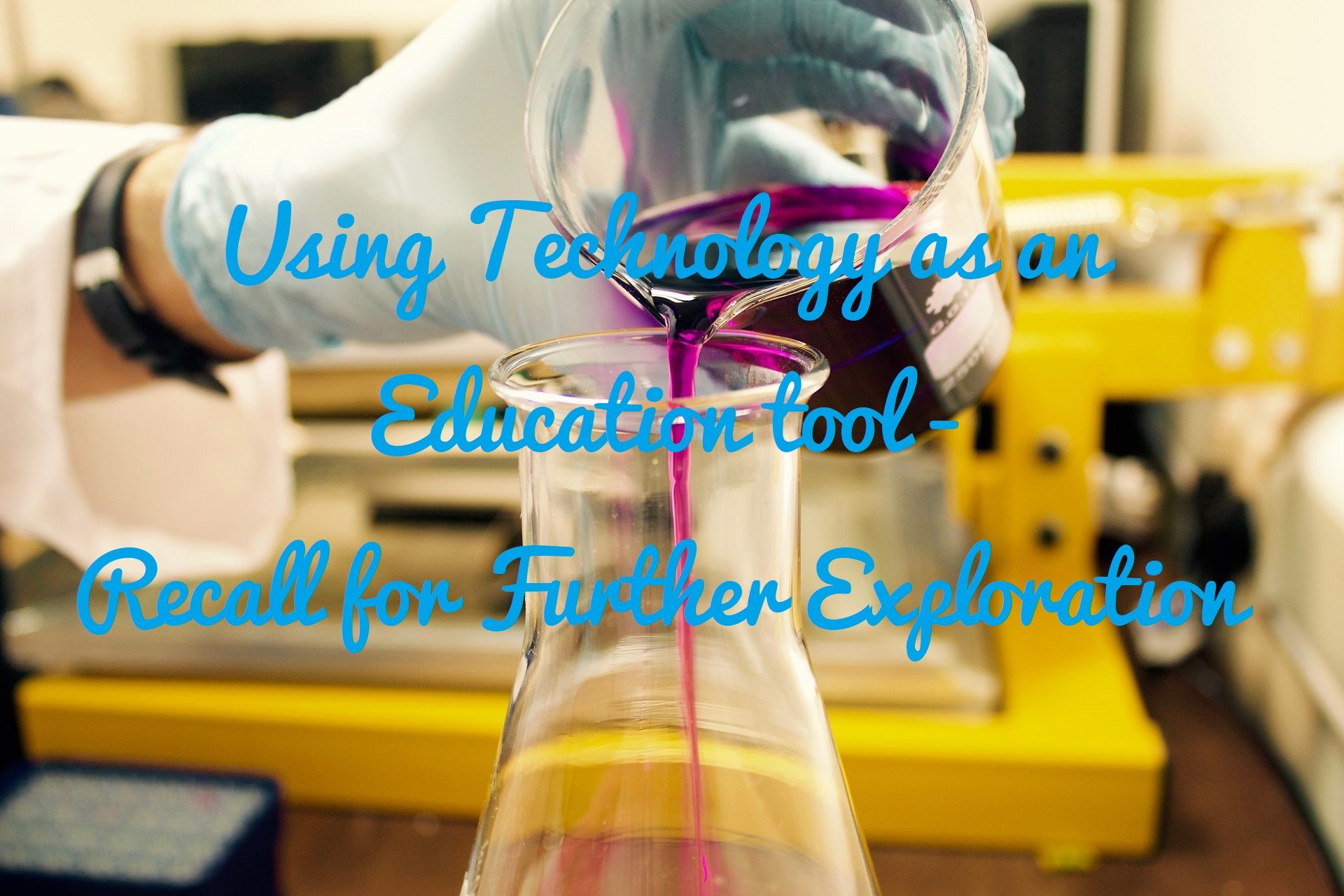In our last post we spoke about using technology to further children's learning through sharing. In this blog post we will talk more specifically about how it can help children develop their thinking skills.
We come back to our central message - that young children's learning should happen through play and experimentation. Technology can then be "bolted on" to this play to make learning more developmentally appropriate, or to make it more engaging. In this post we will talk about how to use technology to help push this play into supporting their development by using it as a recall tool.
A classic example would be when carrying out a science experiment. When children are carrying out the experiment you want them to be hands on in the fun, enjoying the excitement and experiencing the wonder. When I was at school, this would be followed by lengthy (and in my opinion - torturous) write ups, where you solidified that scientific learning.
Technology means that children can do the important part - working out what happened - without wasting their cognitive load on having to write things down, by simply recording or taking pictures of your children while they're enjoying the activity. This way, the children can then watch the recording back and you can ask them the questions that are going to get their cogs turning, things like: "what do you think is happening? What did you think would happen next? What do you think made that happen? You can see, these are nice juicy open ended questions. As I said in the first post, arriving at the correct answer isn't the useful bit here, it's the thinking, and articulating of those thoughts which is where the learning and development is happening (even if they get the wrong answer!). It's really important to give children this space to wonder, and technology can help us achieve that in a developmentally appropriate way.
Even better, now we're ready to follow the process from the last blog post and share that work so that we can extend the learning even further!
